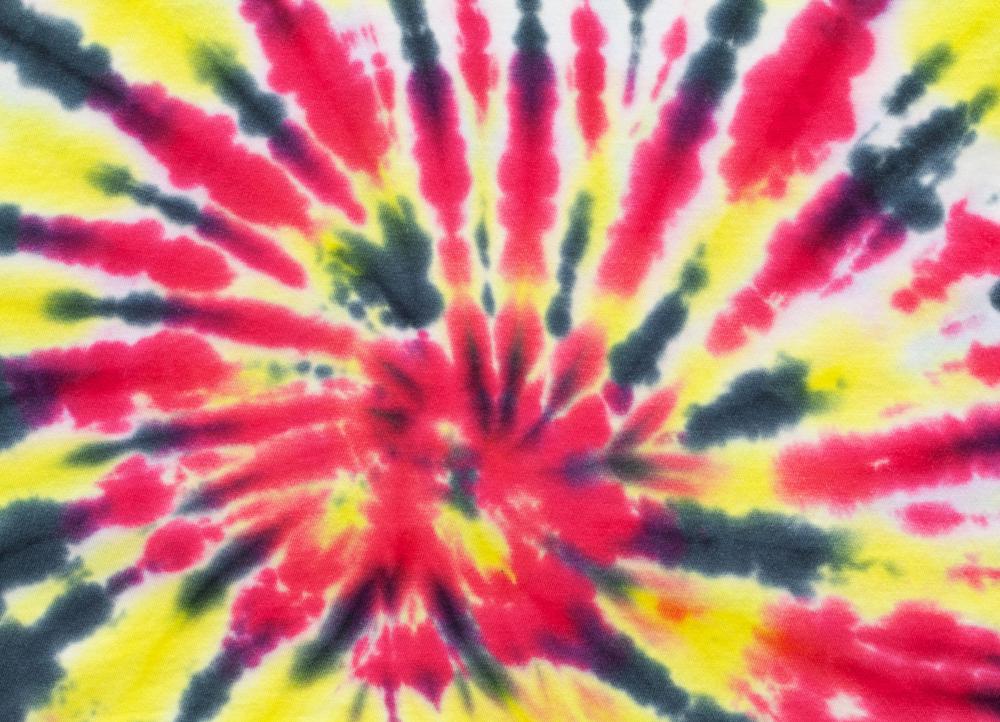At WiseGEEK, we're committed to delivering accurate, trustworthy information. Our expert-authored content is rigorously fact-checked and sourced from credible authorities. Discover how we uphold the highest standards in providing you with reliable knowledge.
What are the Advantages of Pigment Dyeing?
Pigment dyeing is a process for coloring textiles which uses ground pigments, rather than a true dye. Strictly speaking, it is not actually dyeing at all, since it only coats the outside of the material, rather than fully penetrating it like a dye would. There are both advantages and disadvantages to this method, as is the case with any type of coloring technique.
One of the primary advantages of pigment dyeing is its ability to adhere to a wide range of textiles, not just natural fabrics. This is especially important with synthetics or blends, which often cannot be dyed with conventional dyes. In some cases, the fabric may require special treatment for the pigment dye to take, such as an outer layer of resin coating. Some companies make resin dyes specifically for this purpose, with the adhering resin blended with the pigment dye.

The process of pigment dyeing can also be relatively cheap, depending on what type of dye is used and how it is applied. In some cases, the use of toxic pretreatment chemicals can be avoided, which makes pigment dyeing cheaper and more environmentally sound. Environmentally friendly pigment dyes can sometimes be more expensive, since companies may need to invest some time in developing gentle ingredients.
Pigment-dyed garments tend to be less colorfast, since the pigment dye is a layer on the surface of a textile. As a result, the dye will start to fade much more quickly. This can be a disadvantage if it is not a desired effect, but it can also be used to create a specific “look” as is the case with fabrics like the denim used in jeans. Many pre-faded and “worn” garments are colored with pigment dyes to achieve this deliberately. When this look is not desired, a resin treatment can help to keep the fabric bright and colorfast. Resin-based fixers for pigment dyeing are available in some craft stores, as well as resin pre-treatments to condition the fabric.
Many fabric supply stores sell pigment dyes in a variety of colors, for crafters who want to experiment with pigment dyeing. As a general rule, protective gear for the face and hands should be worn while working with dyes, in addition to old clothing which is not immensely valued, as the dye can splash and stain. Since pigment dyeing can dye a wide range of materials, it is a good dye for basic starting projects, such as tie-dye on poly-blend shirts.
AS FEATURED ON:
AS FEATURED ON:











Discussion Comments
Hmm...I've never thought much about pigment and dyes and stuff until now. I'm looking into making my first tie-dye T-shirt as a fun project to do with my daughter, and I was told that pigment dye was the thing to use, so I looked it up to figure out why.
Why not use just any old dye? I mean, I hear that Kool-Aid does the trick to dye clothes and even hair funky colors. Then again, for all I know Kool-Aid is a pigment dye -- I'm pretty clueless about this stuff. Any advice on what kind of dye to use for a tie-dye T-shirt project? I want this to stay in the T-shirts when I wash them later, too. It would be a bummer to do this project and then have our work get washed away!
The difference between dye and pigment dye becomes really important when you are dying costume wigs rather than cloth or some other material. Unless you can afford the super-expensive human hair ones, costume wigs are generally made of synthetic materials (the high quality ones almost always say "Japanese synthetic fiber" on the tag), which just plain won't take regular dye.
Now, I make custom costumes with matching wigs, shoes and other accessories. Matching the wig colors precisely to the source material (usually a cartoon character) is really important, but there isn't always a wig available in the color I need. That, and wigs often look a different shade in their pictures online than they do when they come out of the shipping package.
When they don't match up, it's pigment dyeing to the rescue! Because pigment dye coats the outside layers of the wig's hairs, it sticks to even synthetic wigs really nicely. Regular dye wouldn't do a thing, so in this case, pigment dying is the only way to go.
The environmentally friendly pigment dye would be great for making pigment dye t shirts at a birthday party for a child. You could also branch out beyond the traditional white cotton t shirt and dye other items such as canvas bags or purses for girls. This would be great for a faded effect instead of the usual tie dye one sees at a kid's birthday party.
Because pigment dye can be used with synthetic materials it is a great option for people with allergies. Hand dyeing yarn is very popular among knitters but unfortunately many of the dyes that are available can only be used on wool.
A knitter with allergies or some other reason for not wanting to use animal fibers could get in on the fun with pigment dye. I've used Dharma pigment dye before with good results, but my knitting buddy swears by Jacquard, so experiment and see what works best for your.
Post your comments